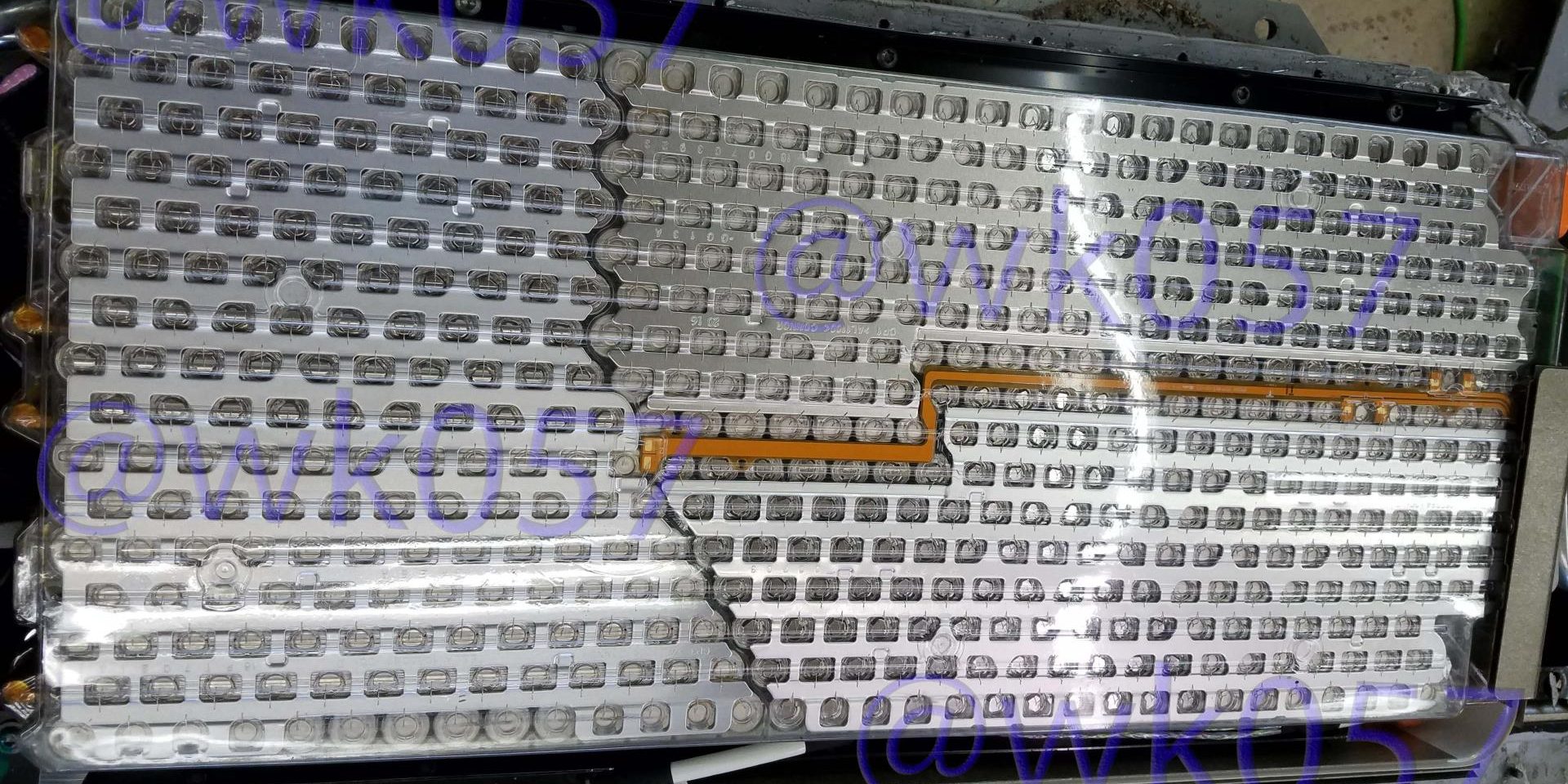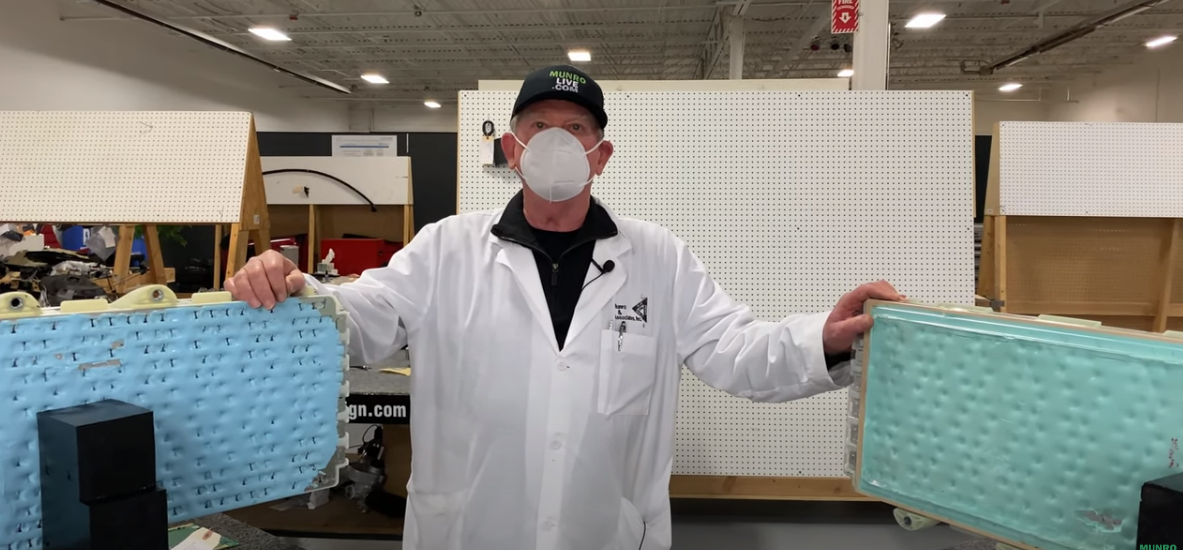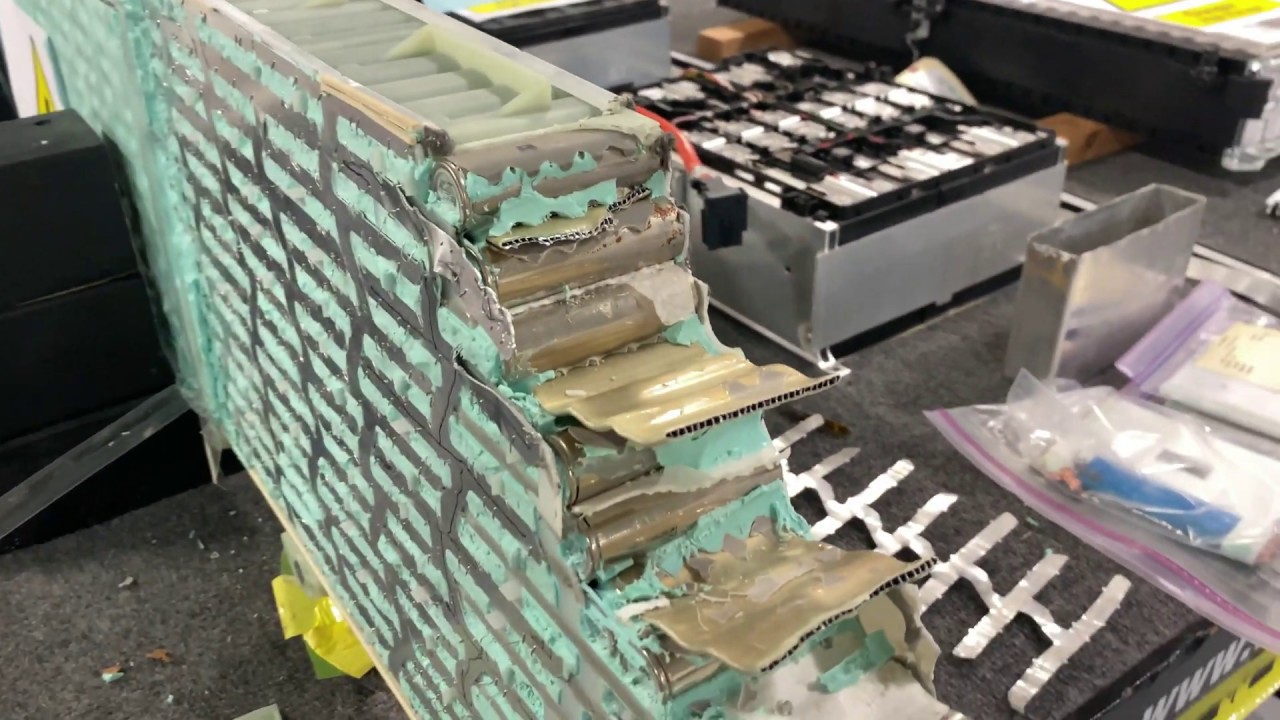Hillhater said:
Luke, this sealing to prevent salt vapor ingress is obviously important.
Which vehicle packs do you believe manage this issue best ?....if any ?
The packs that displace the bulk of the interior gas volume with something that doesn't migrate in and out of the pack as it changes temperatures or elevations tend to live (if they don't have other issues like resonance, dielectric breakdown of adhesives etc). If you fill the lungs volume, they stop being pumps.
This can be accomplished with lightweight closed cell foams, but it doesn't tend to help passive propagation resistance much. I prefer endothermic filler-loaded pottings, generally in a urethane family resin (unless clients material compatibility requires other base resins, but its the filler that does the work). These materials tend to yield amazing thermal runaway resistance at the tightest cell-to-cell spacings, but its significantly higher density than foam solutions to break the humidity ingress cycle.
From which vehicles perspective, this would mean the ones with potted cells. Fortunately, while no companies start out potted, many of the ones who stayed in business making products that survive in the field today are potting.




